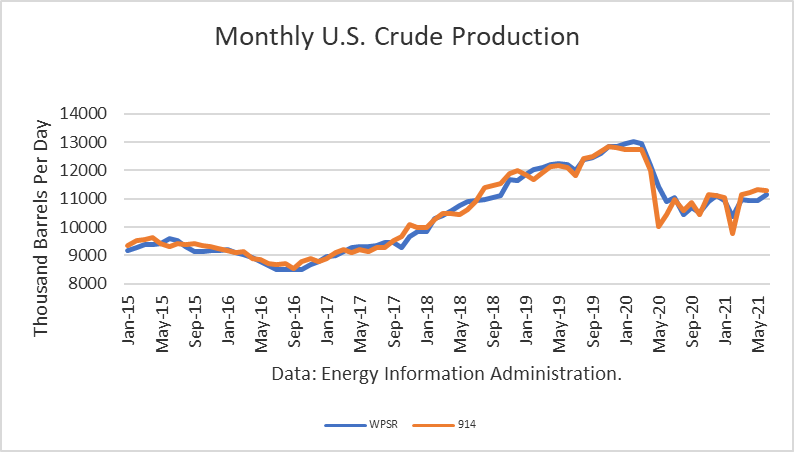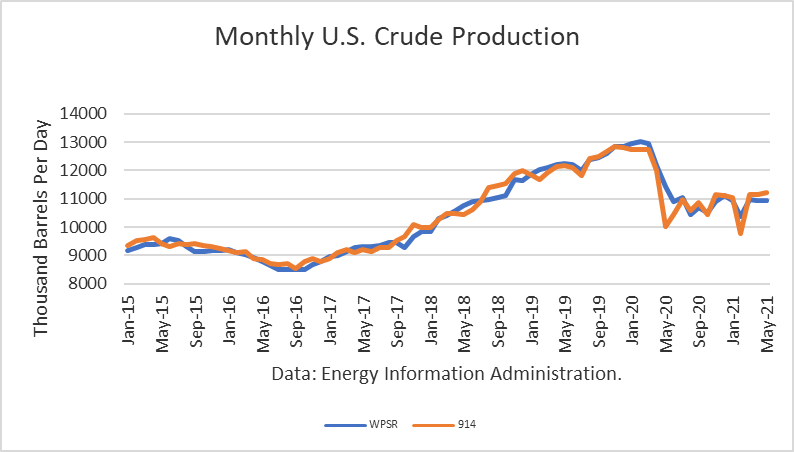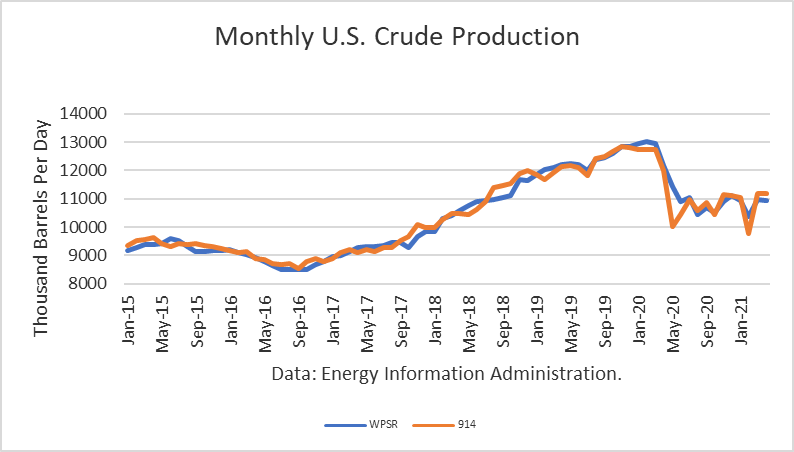“The following is an excerpt from Tim Snyder’s “Weekly Quick Facts” newsletter. Tim is an accomplished economist with a deep understanding of applied economics in energy. We encourage you to visit Matador Economics and learn more about Tim. While there, you can sign up for his completely free Daily Energy Briefs and Weekly Quick Facts newsletters.”
What is it about the truth that scares people?
I remember a time when finding the truth from a political party or the press was essential to the bond that both would build with their constituents. I know that sounds pretty naïve, and there has been politically leaning news media since way before I was born, but the truth is, we all used to read the newspaper for the facts, and if they got the facts wrong, they would print a retraction and fix the mistake. Sadly though, those days are long gone.
Today, however, the truth is more like the seasoning you put on your pasta primavera. It accentuates what it needs to but never overpowers the narrative. Unfortunately, that’s what is happening in the battle between fossil fuels and renewable energy today. The facts are sprinkled about to not offend the narrative that the economy desperately needs fossil fuels, and renewables are nowhere near ready for “center stage”.
Let’s have a little truth for a change! Continue reading "Truth: The New Frontier In Energy"





